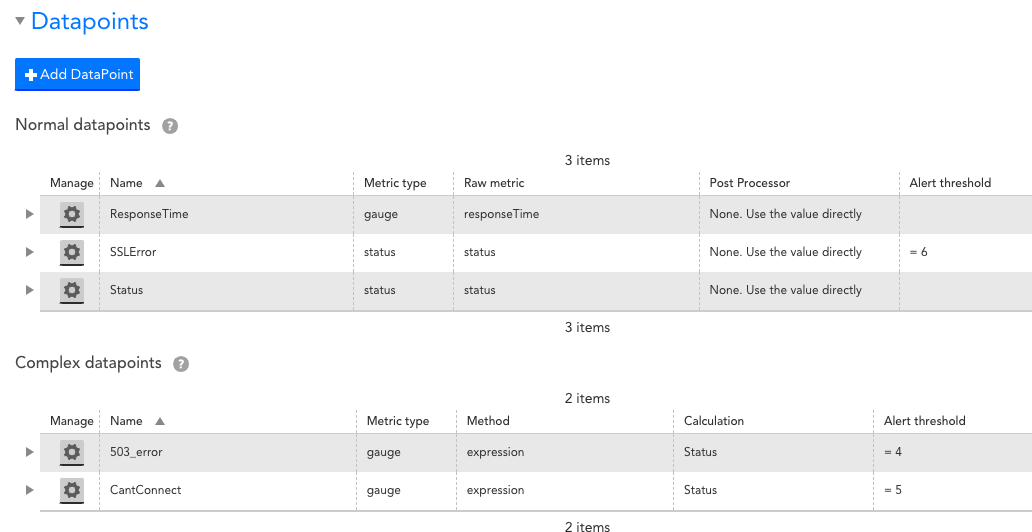David_Bond Professor
Professor
2 years ago Professor
ProfessorScripted Alert Thresholds
It should be possible to groovyscript Alert Thresholds, based on (for example) ILPs and hostProperties.
I need to modify the SNMP_Network_Interfaces to vary the InDiscardPercent threshold depending on whether this is a radioMAC interface type and whether it is a given customer.
Something along the lines of:
def isRadio = instanceProps.get('auto.interface.type') == 'radioMAC';
def customerCode = hostProps.get('customer.code');
if(isRadio && customerCode == 'ACME')
{
// No threshold
return '';
}
// The default
return '> 10';
@Stuart Weenig I’ll check to see what I can find out!Also, in the near future we are planning to implement an idea board that would show the status of feature requests ;)

